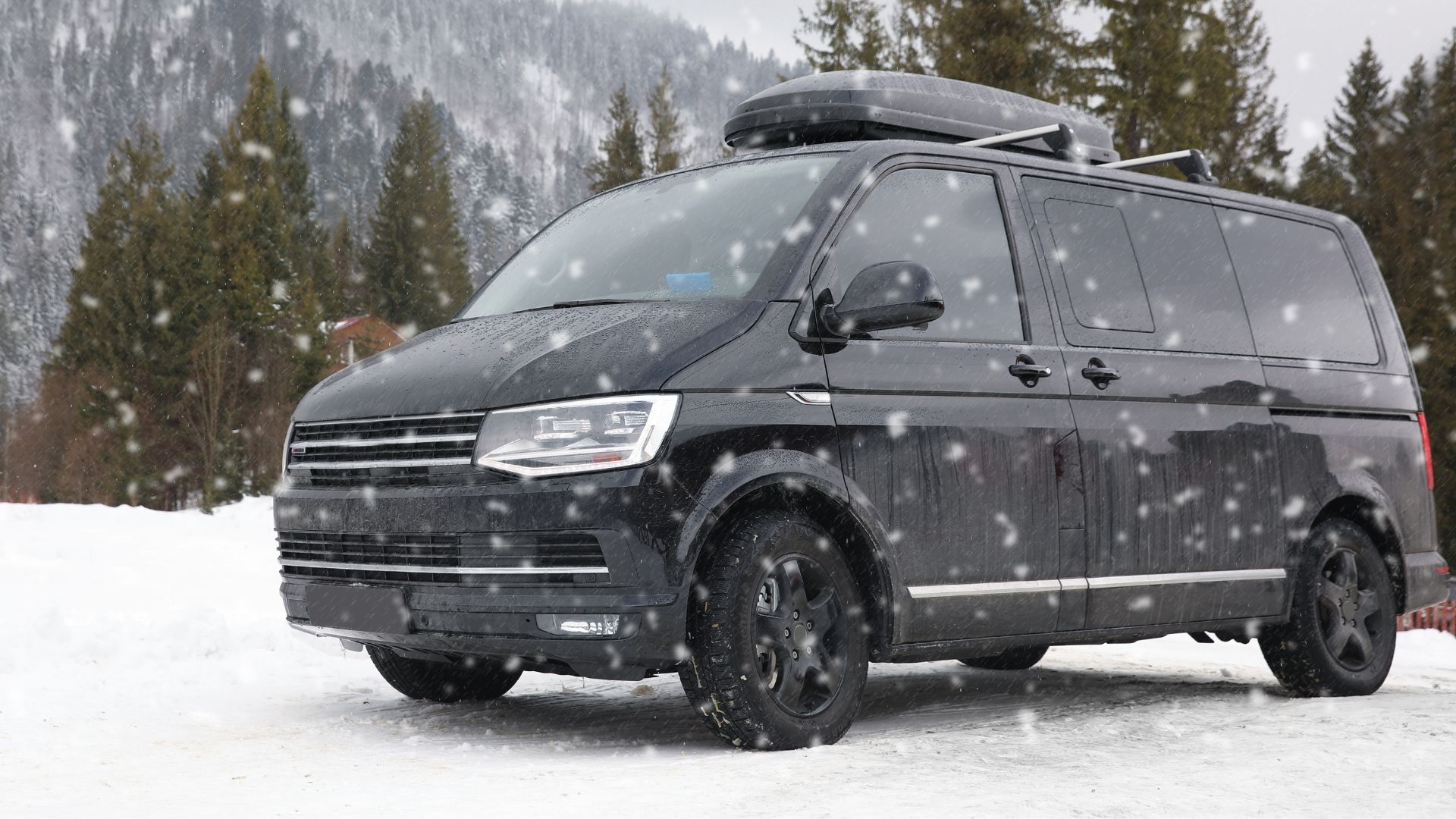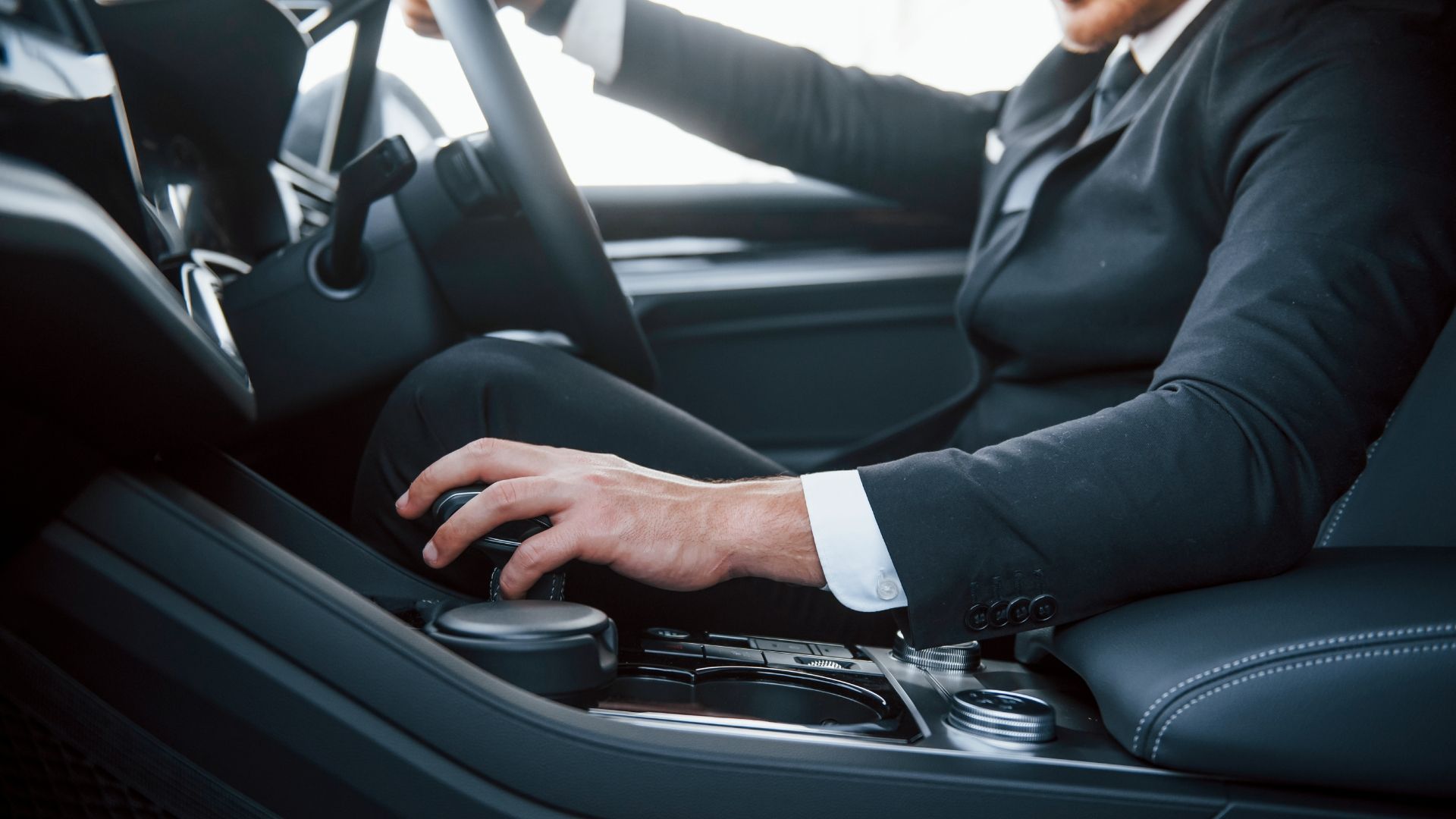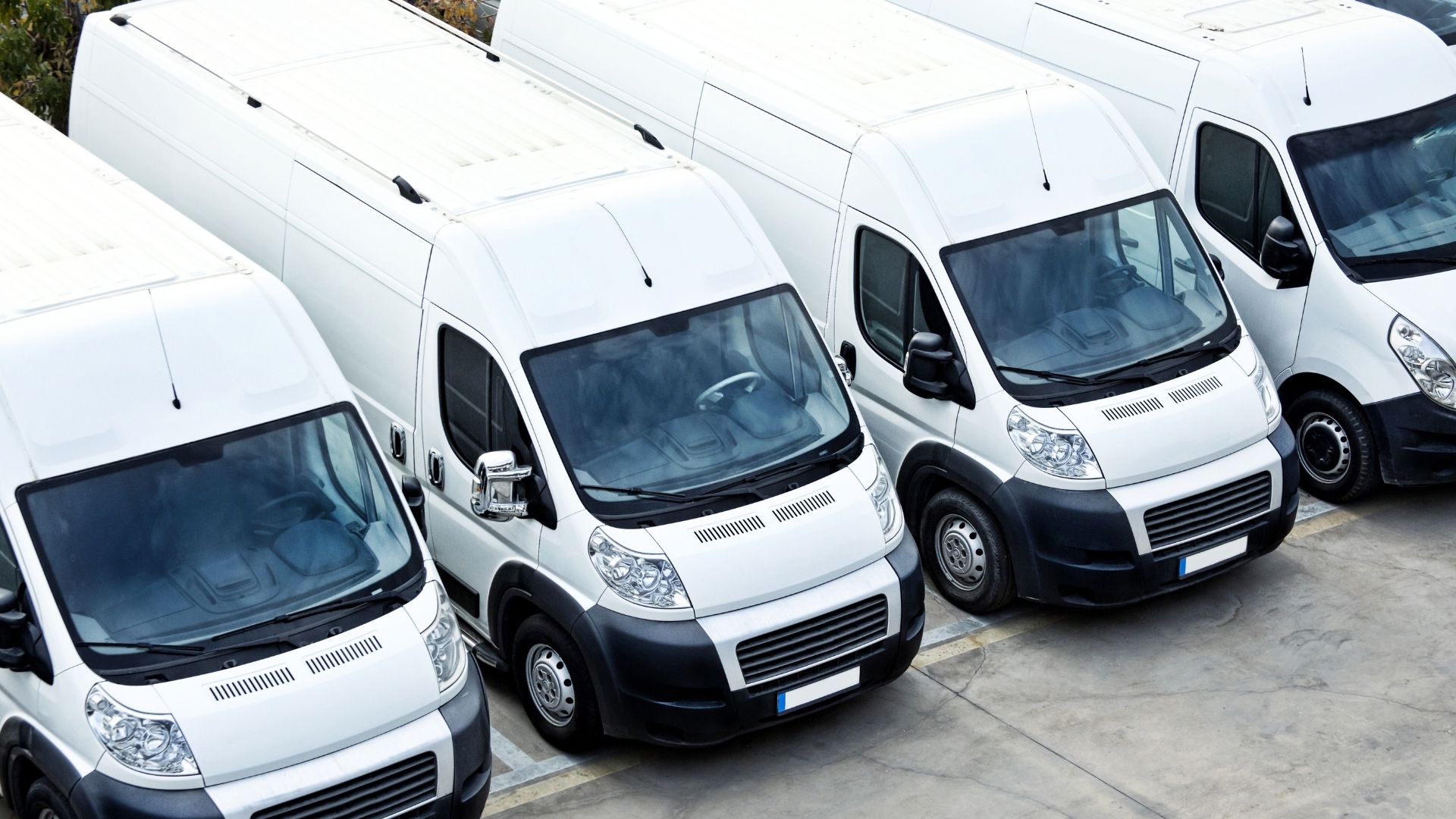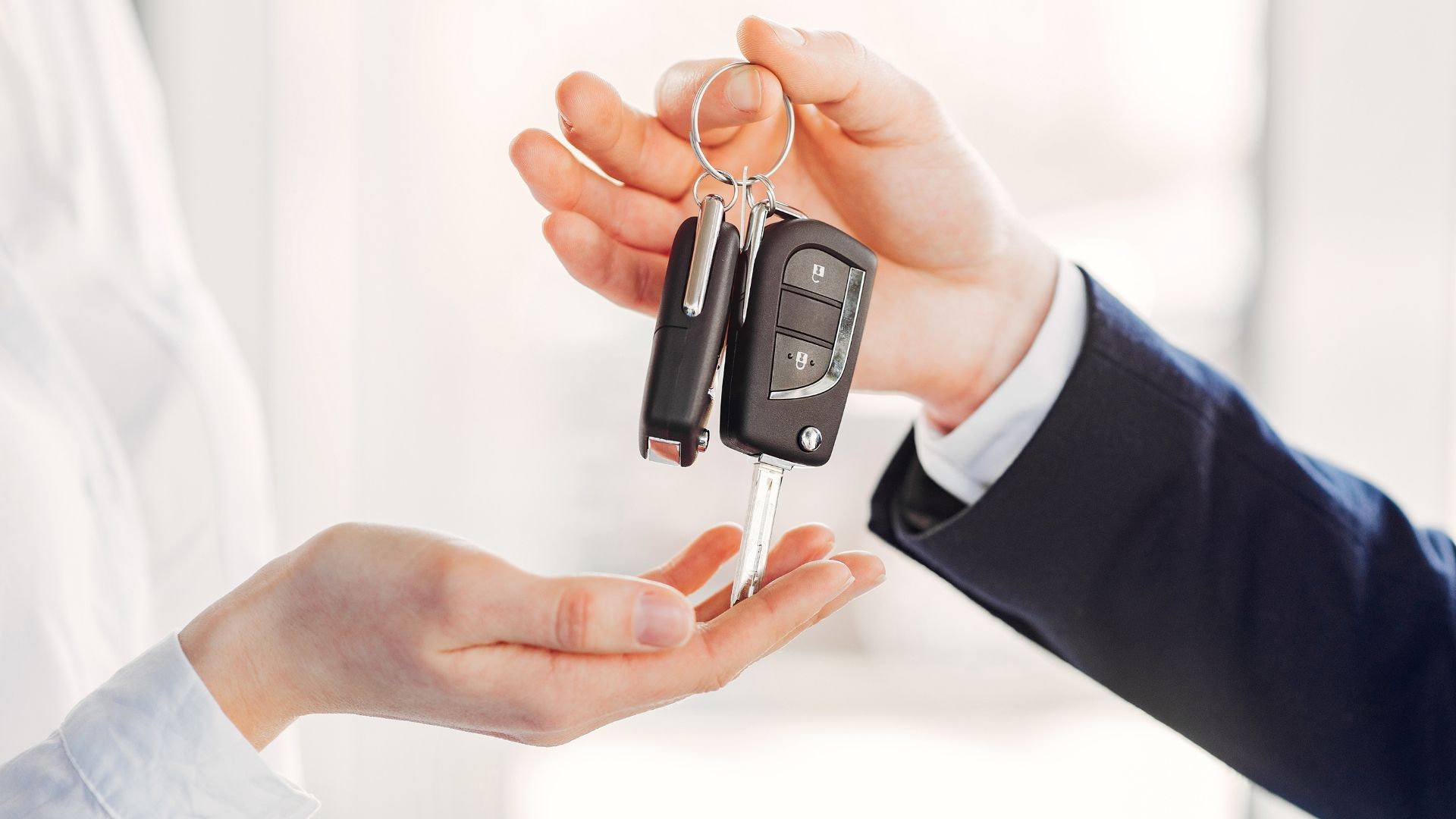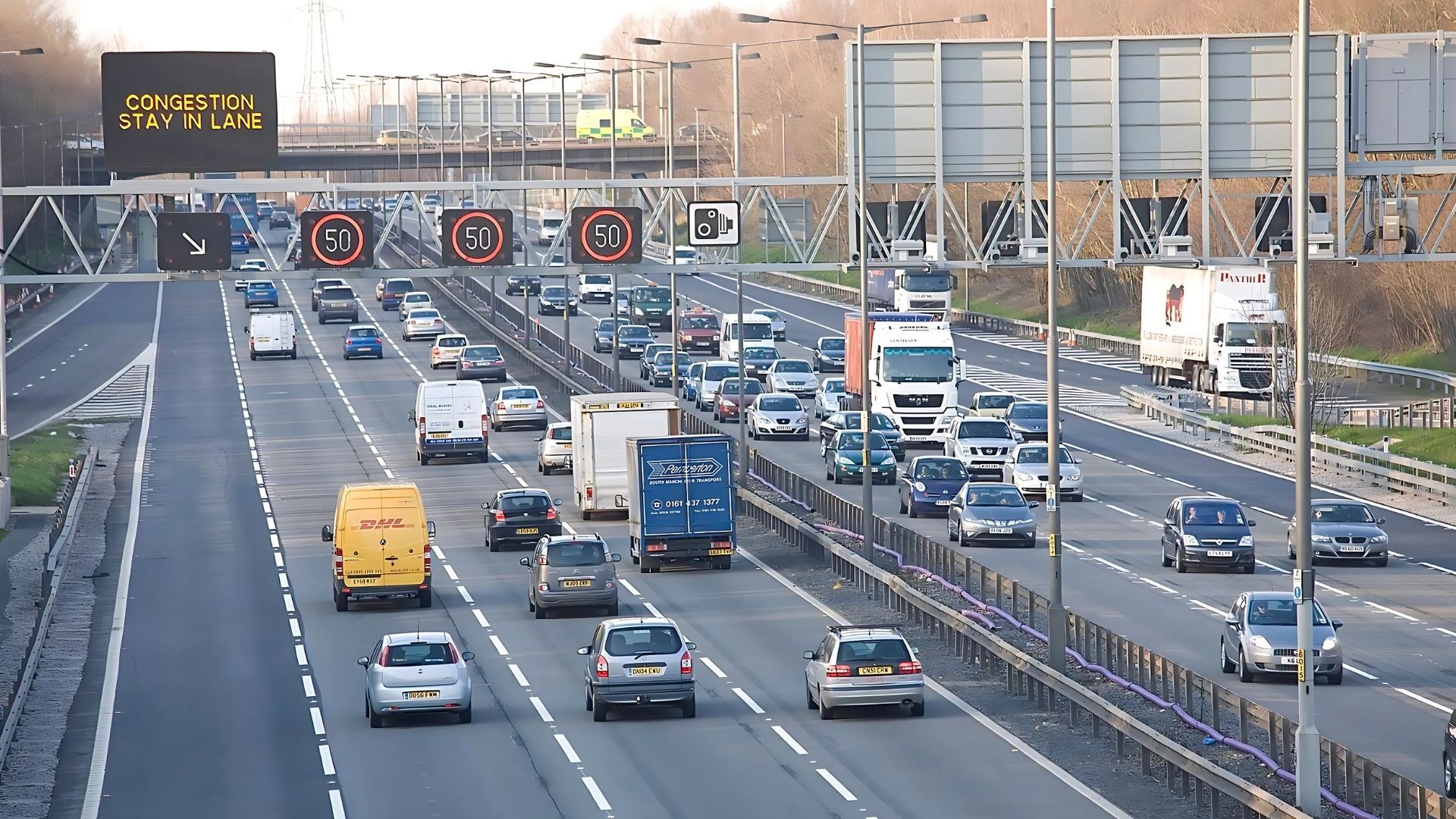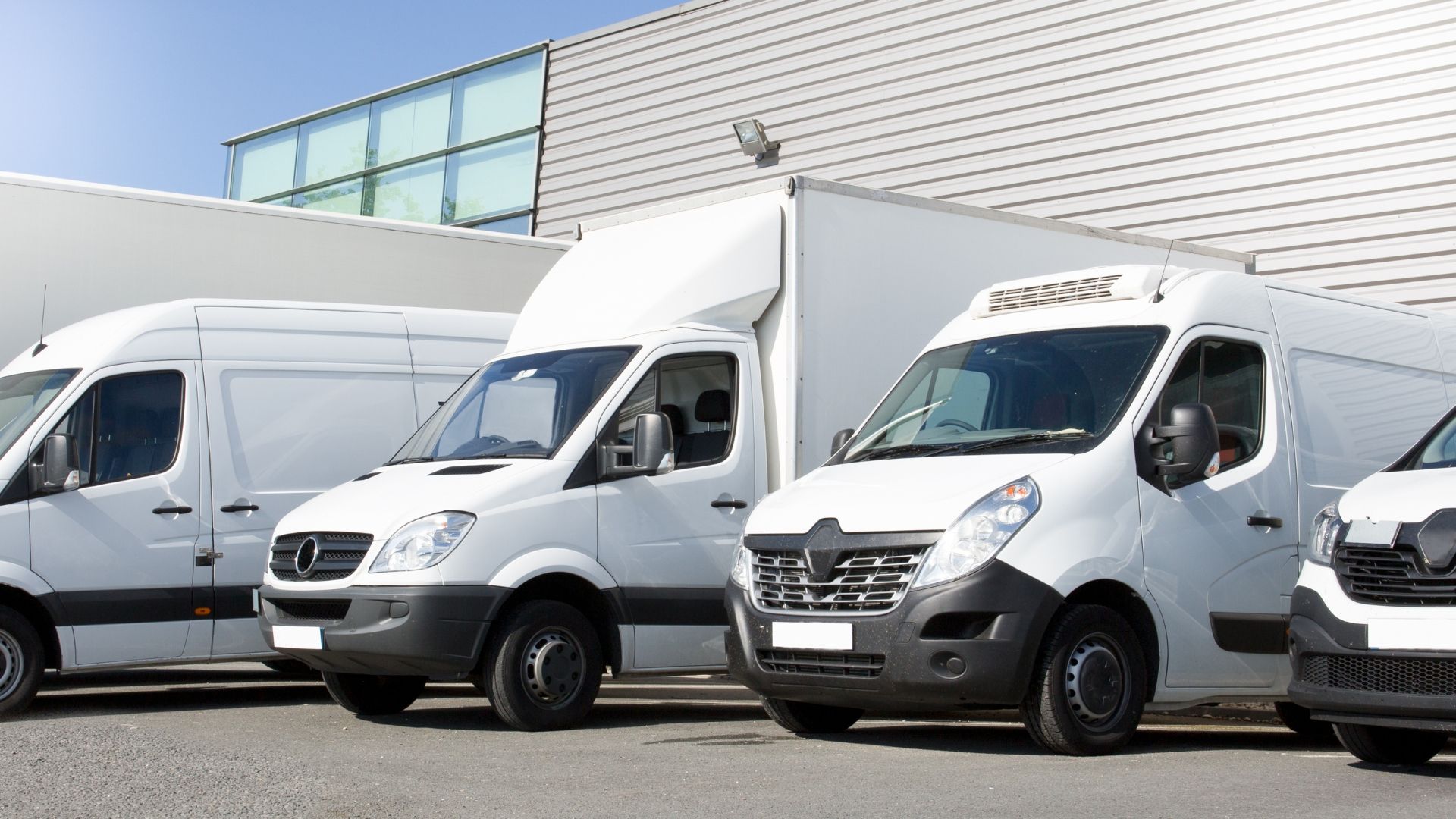How speed cameras work in the UK
There are thousands of speed cameras across England, Scotland and Wales. Find out how they work.
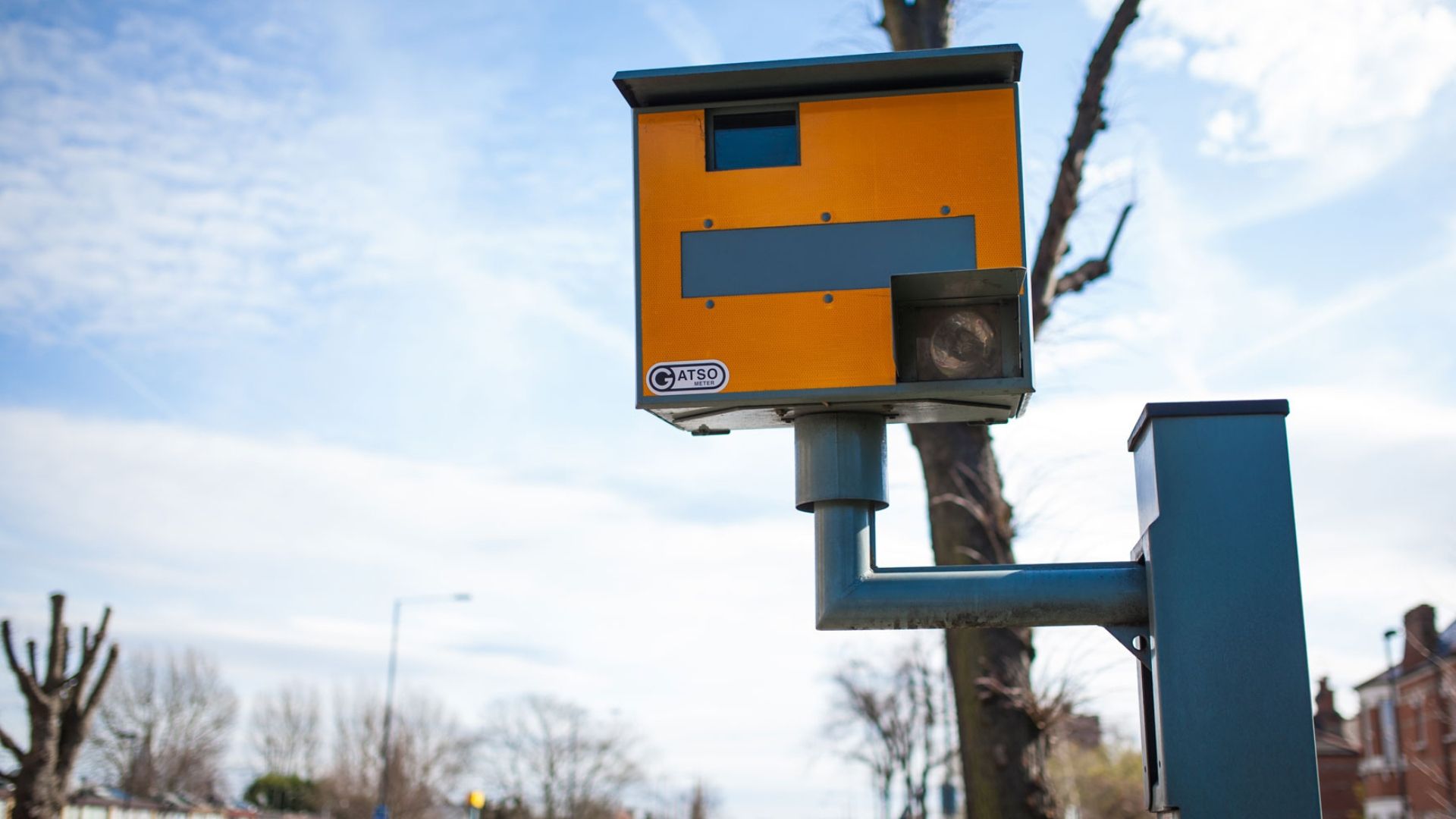
Since 1991, speed cameras have been in operation across England, Scotland and Wales. At the time of writing, there are more than 7,000. But how do they work, exactly?
There are at least
18 types of speed cameras in use. Most of them detect a vehicle's speed either with a radar system or via technology built into the road.
If a vehicle goes over the speed limit, most speed cameras will produce a bright flash. This captures the vehicle's number plate, colour, make and model. It will also record the time and date the image is taken and the speed limit of the road. Some newer models also capture the driver's face.
Most are fixed in place and can be identified on navigation apps. There are also off-road police vans known as mobile speed cameras. These capture speeding vehicles without being seen.
Other speed cameras work with traffic light cameras to monitor drivers at lights and junctions. They can see, for instance, if the vehicle has gone over the stop line or entered an intersection when the lights were red.
Where are speed cameras in operation?
Speed cameras can be used on any road with a designated speed limit or speed restriction. This covers all types of roads – from those with limits of 20 to 30 miles per hour all the way up to motorways and country roads.
Since 2016, all speed cameras in the UK have been painted bright yellow. Most are made obvious to drivers with signage.
They're usually installed just off the road and face the direction of travel. Others are installed overhead on a gantry (traffic sign holder). Police vans are located off-road and are harder to see by design.
Many navigation apps show drivers the location of fixed speed cameras. This includes Google Maps, Apple Maps and Waze. Some also estimate the position of mobile speed cameras.
What happens if you're caught speeding?
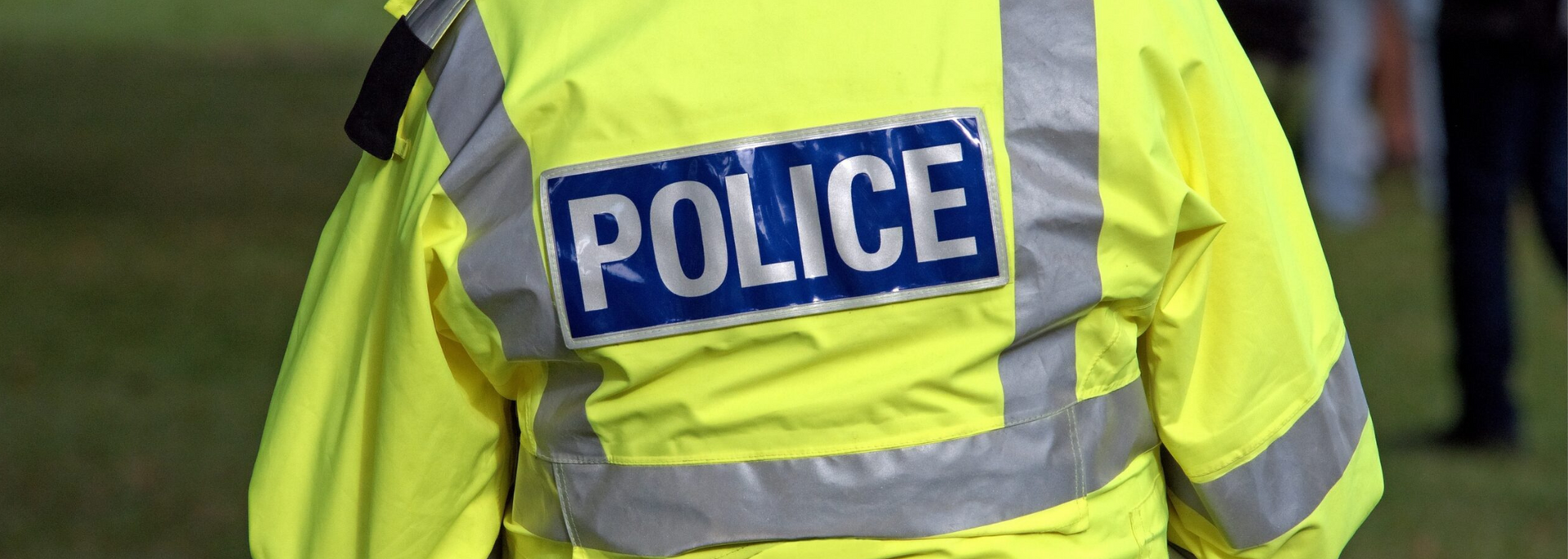
If you speed near a speed camera, the camera will take a picture and scan your number plate. This is sent to the Driver and Vehicle Licensing Agency (DVLA), which, in turn, identifies the car's registered address.
Within two weeks, the DVLA will send the driver a notice of intended prosecution (NIP). They will also send a questionnaire asking who was driving at the time of the offence.
If you were driving when the speeding offence took place, you'll be fined £100 and get three points on your licence. The more severe the offence, the more severe the penalty.
Speeding drivers can choose to take a speed awareness course rather than pay the fine and get the points. These courses are run by the local police force or government authority and can be participated in online or in person.
Do speed cameras take a picture of the driver?
Some, but not all, speed cameras take a picture of the driver. Forward-facing cameras such as the Truvelo Combi can capture the driver's image. This is in contrast to rear-facing cameras like the Gatso and average-speed cameras.
If the camera doesn't take a picture, you'll need to confirm who was driving the car at the time of the offence. This is to ensure the right person is punished.
Do speed cameras need to be visible?
In 2016, the Department for Transport ordered all speed cameras to be painted yellow. This is to make them more clearly visible to drivers. Mobile speed cameras, by contrast, are deliberately hard to spot.
It's important to note that a penalty is a penalty whether or not you saw the camera. As in the rest of UK law, ignorance of the law is no excuse.
How will speed cameras change in the future?
Technology is developing all the time – and this is reflected in the way speed cameras operate.
On smart motorways (a motorway that uses "active traffic management"), speed cameras can capture drivers when they use lanes marked with a red X.
Speed cameras will likely get smarter and smarter in the coming years. They will probably soon be able to spot other offences, such as texting while driving.
Artificial intelligence (AI) speed cameras have already been
tested and piloted in the UK. Like other fixed speed cameras, these are positioned at the roadside and can detect the speed at which a vehicle is travelling as well as the vehicle's number plate, colour, make and model.
They can also spot if a driver is using their mobile phone or if anyone in the vehicle isn't wearing their seatbelt. And unlike traditional speed cameras, they can process the pictures they take to give police an idea of the vehicle's interior – and its passengers.
It's hard to know how many AI speed cameras will be rolled out – or when. More concretely, it was announced in
April 2025 that a new speed camera scheme will be rolled out in speeding hot spots across the West Midlands.
Will a speed camera ticket affect insurance?
A speeding fine will always affect your insurance premium. Research suggests it will go up by an average of 34%. In some cases, it can increase by a whopping 86%.
The more points you have on your licence, the more you must pay. If you have too many, you may not be able to get coverage from certain insurers.
Are speed camera detectors legal?
There are two types of speed camera detectors. The first kind is built into your navigation app. The second is a device placed on your dashboard. These detectors are legal in the UK but not in many parts of Europe.
It is, however, illegal to use laser jammers in the UK. These are devices disguised as parking sensors or garage door openers, which block safety cameras and stop them from detecting speeding offences.
MVH Rental is a trusted vehicle hire company based in northeast England. Are you on the hunt for affordable
car rental in Sunderland, Gateshead or Newcastle upon Tyne? Don't hesitate to call us on 0191 4888 700 – or
get started online.

